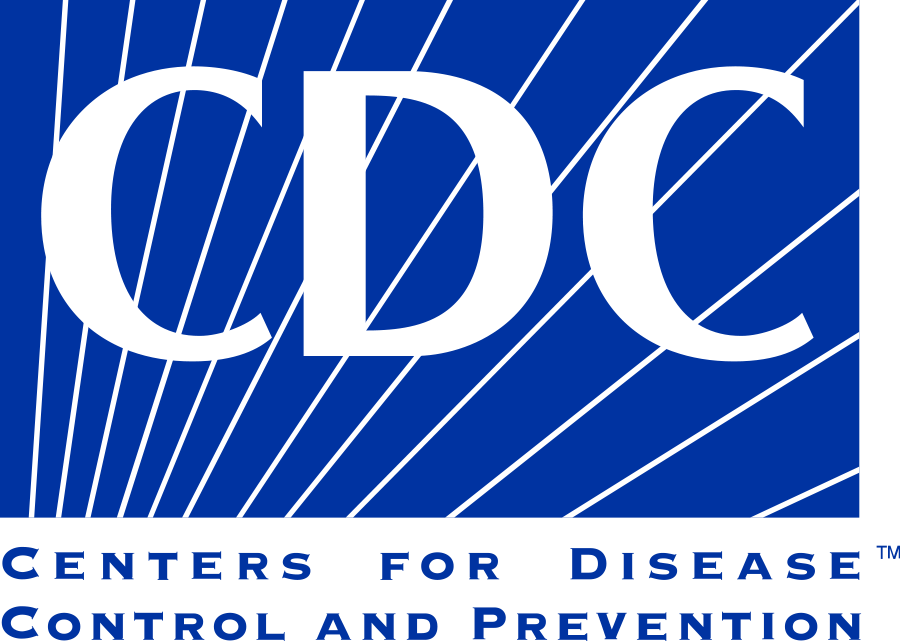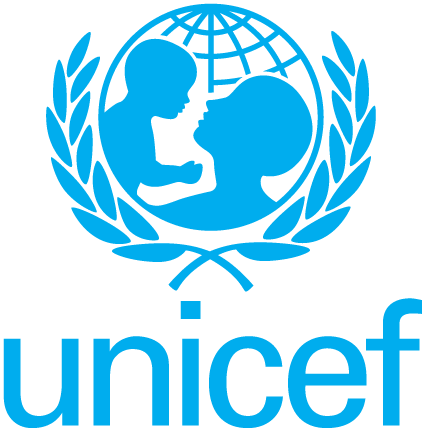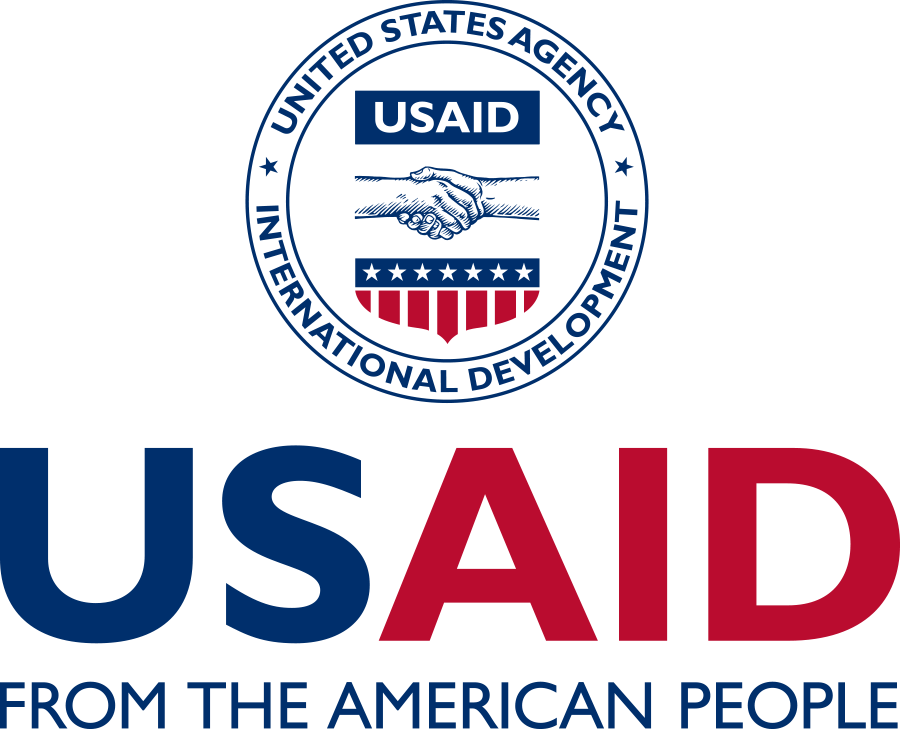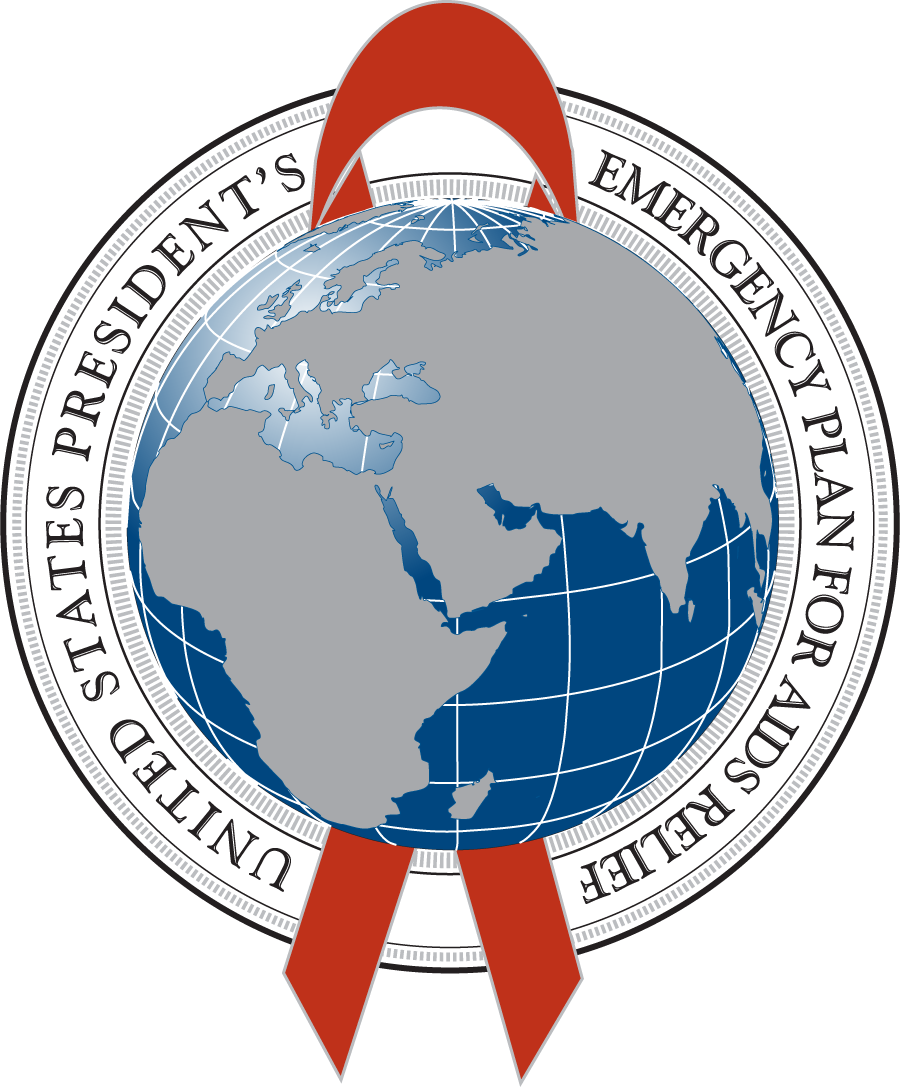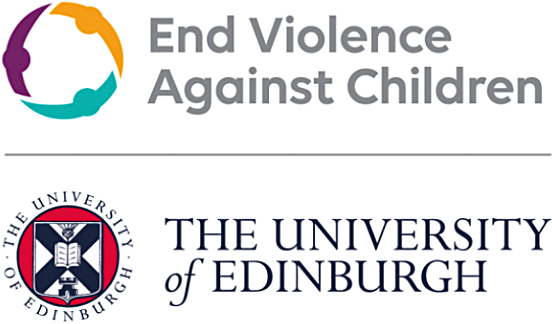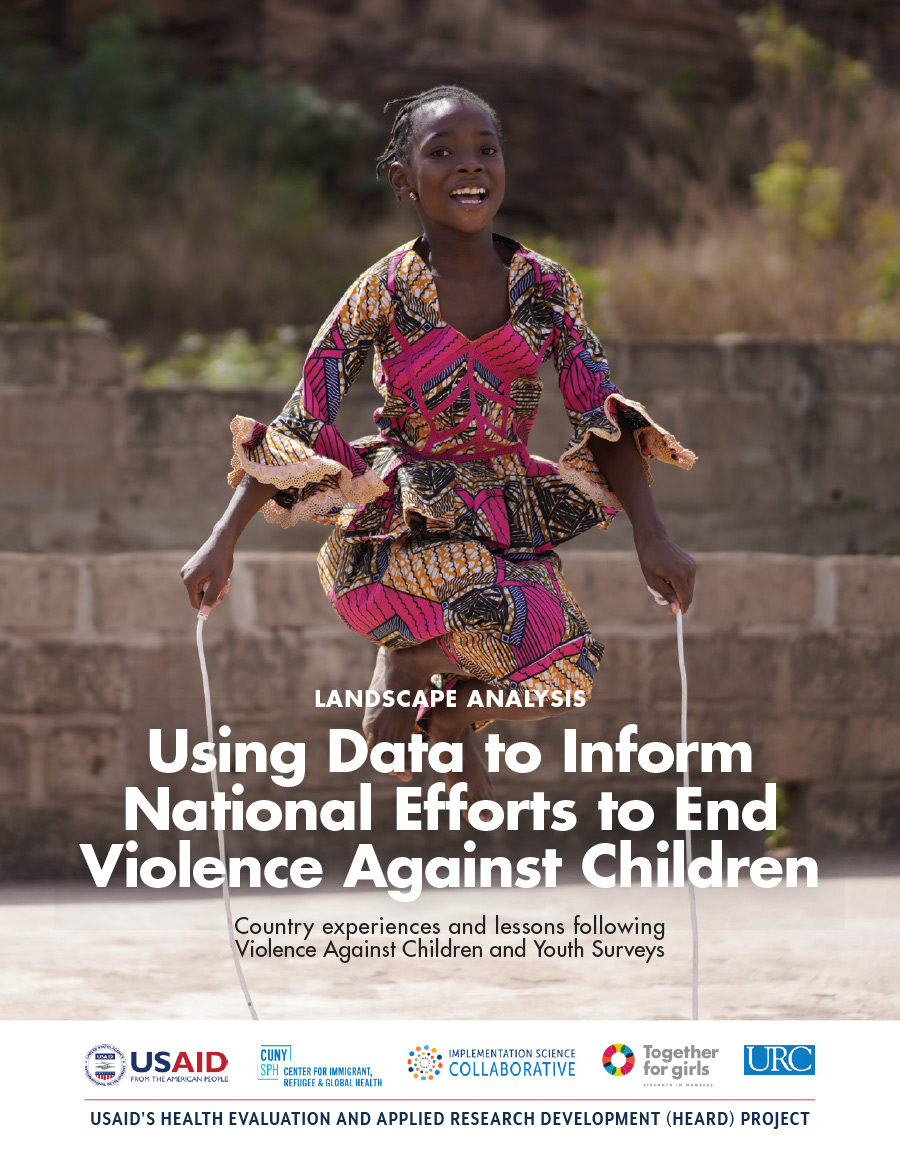Overview
Global estimates indicate that as many as 1 billion children aged 2–17 years, have experienced violence (physical, sexual, or emotional), or neglect, in the past year. Violence experienced during childhood has lifelong implications for physical and mental health.
Globally, ending violence against children is prioritized within the Sustainable Development Goals, where Target 16.2 calls for ending “abuse, exploitation, trafficking and all forms of violence against, and torture of, children”. The US Government has established ‘Protecting Children from Violence’ as one of three objectives within its Strategy for International Assistance on Advancing Protection and Care for Children in Adversity. With funding from USAID’s Displaced Children and Orphan’s Fund, CIRGH is working with the HEARD Project to implement two work streams to address children in adversity: Data-Informed Strategies to End Violence Against Children and Child Safeguarding. Within data-informed strategies to end violence against children, we provide direct support to country efforts to act on Violence Against Children and Youth Survey (VACS) data through strengthened policy and program efforts, with a focus on connecting learning across country experiences.
Data-Driven Efforts to End Violence Against Children
Below you will find information on the two major components of CIRGH’s efforts to end violence against children. These efforts are funded primarily by USAID’s Health Evaluation and Applied Research Development (HEARD) Project. Their purpose is to explore how data on the prevalence of violence against children – specifically, data derived from Violence Against Children Surveys (VACS) – can drive action on the ground. They seek to learn what processes, technical support, and coordination mechanisms have proven most useful in successful implementation of the surveys as well as the subsequent development (and funding) of national action plans.
Project Partners
CIRGH partners with organizations at both the global and country levels to better understand government-led efforts to improve policies and programs based on Violence Against Children Survey (VACS) results. We are working with these partners to support, test and evaluate innovative models and interventions to end violence against children across countries and contexts.
Violence Prevention
The Violence Against Children Surveys (VACS) are nationally-representative household surveys of 13-24 year olds that generate data on the prevalence and incidence of physical, sexual and emotional violence among children, adolescents and young people, as well as on risk and protective factors, consequences of violence and access to services.
VACS are important because they:
- provide invaluable information on the prevalence of violence against children and, by doing so, contribute to stronger public health and related interventions (e.g., more targeted HIV/AIDS interventions, safer schools, etc);
- represent an unprecedented level of collaboration among the U.S. Government and other implementing partners, such as UN organizations and Together for Girls, providing a model that is relevant for other important areas, such as care reform and other child protection issues; and
- offer important lessons on what works best to facilitate the creation and implementation of national action plans, given their richness, complexity, multisectoral nature and broad range of partners.
CIRGH efforts represent the first systematic examination of successes and challenges across different countries.
The Power of Data to Action
Country experiences and lessons following Violence Against Children and Youth Surveys (VACS)
This report and its companion summary provide the first comprehensive review of country experiences in transforming VACS results into concrete sex- and age-specific improvements for children and young people. Referred to as post-VACS efforts, these include actions taken to understand, implement and integrate VACS results into policies and/or programs aimed at preventing or ending violence against children. The analysis synthesizes the views of 225 stakeholders across 20 countries.
Child Safeguarding
CIRGH works with Keeping Children Safe to review and support policy and capacity strengthening in child safeguarding. This work involves close engagement with USAID’s Preventing Sexual Exploitation and Abuse (PSEA), and Counter-Trafficking in Persons (C-TIP) initiatives, and with the USG Advancing Protection and Care for Children in Adversity (APPCA) Interagency Working Group.
Keeping Children Safe (KCS) began its work to support strengthening USAID’s and its partners’ policies, procedures, and practices related to child safeguarding, including available reporting procedures, the quality of investigations stemming from reports, and assessments of new partners child safeguarding policies among all USAID partners. A preliminary risk assessment report and training materials were developed and will be built on, guided by USAID engagement, in the coming reporting period. The preliminary risk assessment found that the main child safeguarding risks for USAID include:
- safeguarding risks from USAID partners;
- the absence of child friendly reporting and responding procedures; and
- that some staff appear to be unaware of the USAID procedure for reporting and responding to safeguarding concerns.
Further, the assessment identified areas for enhancement, including embedding child safeguarding risk assessment across the Agency, developing child friendly reporting and responding procedures in line with a child victim/survivor centered approach, stepping up safeguarding recruitment requirements, addressing child safeguarding in digital and communications activities and developing a robust and holistic safeguarding strategy and implementation plan in coordination with USAID’s PSEA, and C-TIP initiatives.
KCS is also leading a process to provide focused support among Missions and implementing partners in the focus countries, which will include Cambodia and Rwanda, along with others to be determined. Initial conversations with the Cambodia and Rwanda Missions have taken place and a Scope of Work to be carried out for the Cambodia Mission was developed and approved.
Resources
The CIRGH-HEARD Partnership places a strong emphasis on moving from data to action using the Implementation Science Approach. Please refer to the following Together for Girls’ resources for additional information on what this process looks like for post-Violence Against Children Survey (VACS) countries:
- VACS Data-to-Action Toolkit. For use in data-to-action workshops, where stakeholders from multiple sectors review their country’s VACS results to identify priority areas revealed by the data, as well as possible solutions. View the Organizers Guide for additional information.
- Technical Action Framework. An introduction to Together for Girls’ model for violence prevention and response.
- Linking Violence Against Children Surveys to Coordinated and Effective Action. An overview of the process of coordinating a VACS survey and actions to be taken post-VACS.
- Considerations for Developing Comprehensive National Actions to Prevent and Respond to Violence Against Children. Description of the principles needed for national, multi-sector actions to address VAC. Practical examples are included in this report.
Additional resources can be found on the Global Partnership to End Violence Against Children Knowledge Platform. The Violence against Children Survey (VACS) resources can be viewed in the The Together for Girls’ Resource Bank. The complete list of VACS Study Reports is available for download here.
